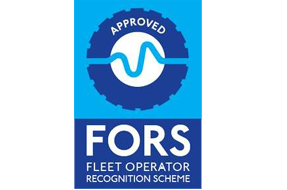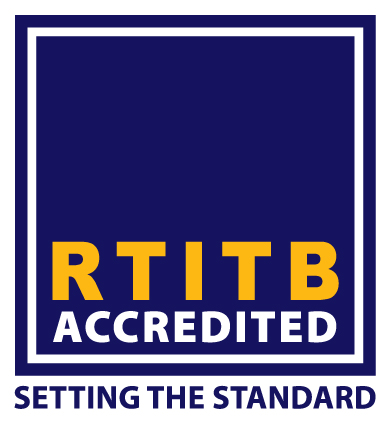Zero Emissions Vehicles Driving Licence Update
Dated: 17 Jun, 2025
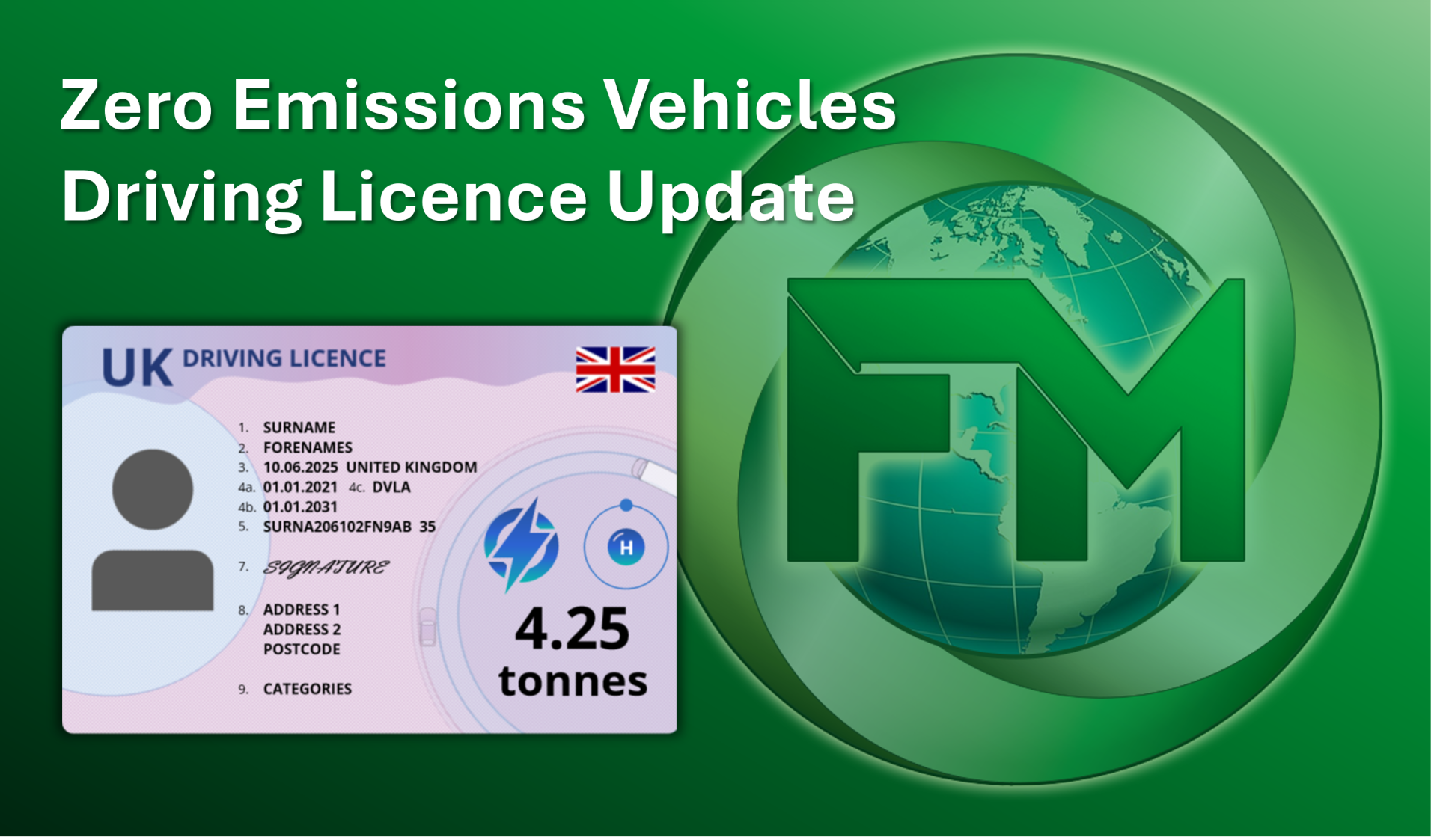
On the 10th June 2025 the UK Government released an update allowing drivers with a Category B driving licence to drive zero emissions vehicles up to 4,250kg (4.25 tonnes).

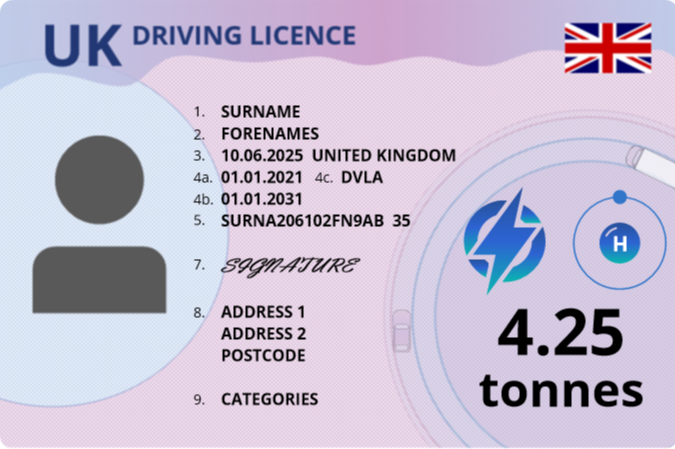

You can still only drive diesel or petrol vehicles up to 3,500kg with a Category B licence.
This change was introduced to allow for the extra weight of the components in zero emissions vehicles.
Full information regarding this change can be found at - Driving an electric or hydrogen-powered vehicle - GOV.UK
Despite the fact Category B licence holders can now legally drive a zero emissions vehicle up to 4,250kg, we would still urge Fleets to enrol their drivers in training prior to getting behind the wheel of a vehicle that is unfamiliar to them in potentially numerous ways.

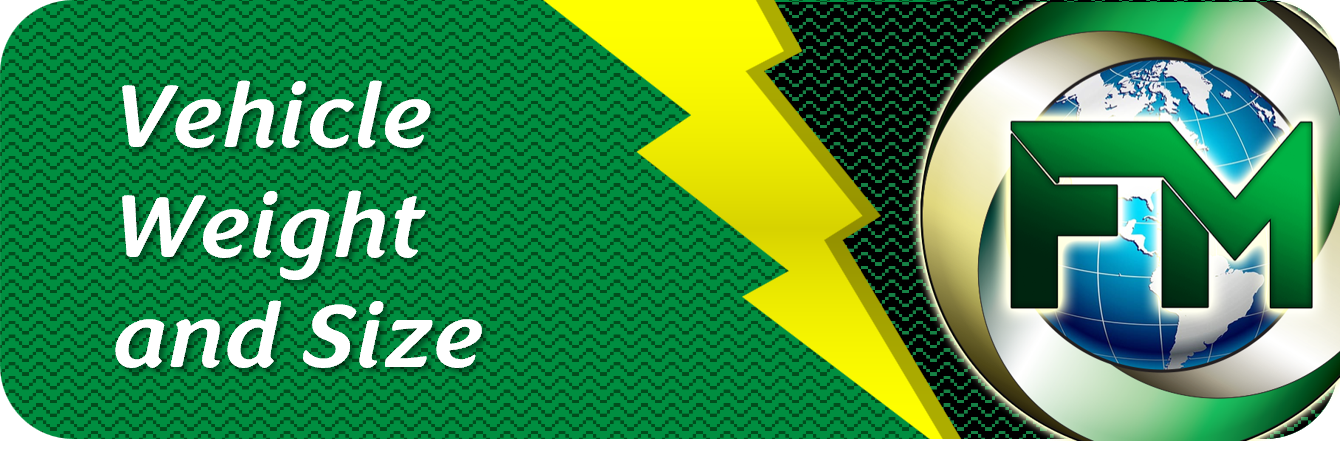

The most obvious factor that will be unfamiliar to drivers taking control of these larger vehicles for the first time will be the extra weight and size. Drivers may not be prepared for the longer stopping distances, the difference in dimensions, increased blind spots, and the difference in handling.
You will also need to be aware of the height of your vehicle and keep an eye out for signs that show the maximum height for entry (such as low bridges and car parks). The UK averaged just over 4 bridge strikes PER DAY, with 1,532 bridge strikes occurring during the 2023 / 24 financial year. Don’t allow yourself to become a statistic, always remain aware of your vehicle’s dimensions.
Drivers that get behind the wheel of a 4.25 tonnes vehicle for the first time, with no prior training or knowledge, are at a higher risk of being involved in an incident. Just the step up from a car to a small van is a daunting one for many drivers, and this is now a step into the completely unknown.

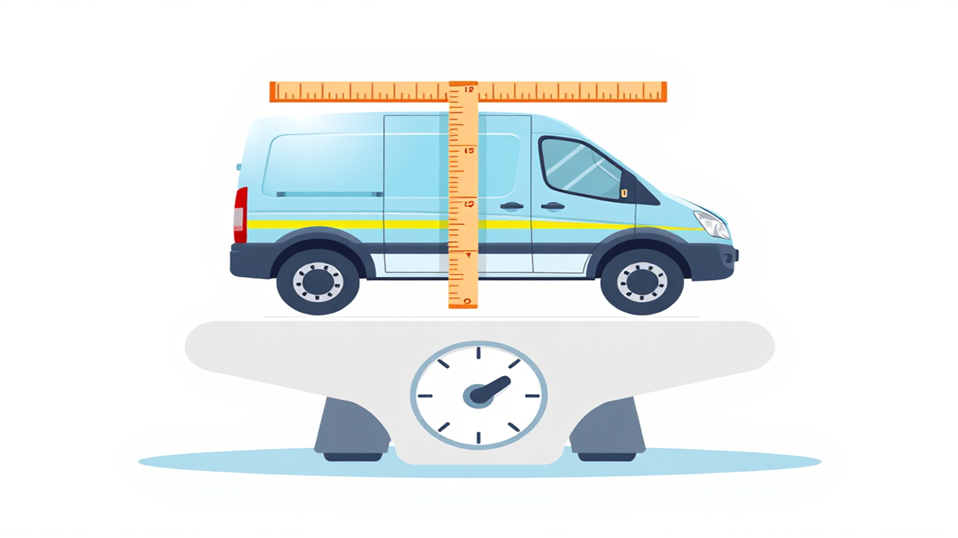



The increased weight and size of the vehicles is not the only factor drivers may be unfamiliar with, they also need to learn how zero emissions vehicles (ZEVs) operate and work. ZEVs come with immediate full torque, meaning they accelerate significantly faster than diesel or petrol vehicles. Drivers unfamiliar with this may expect the larger zero emissions vehicles to be slow off the mark, leading to a potentially dangerous first experience with the vehicle if they put their foot down trying to compensate for what they may think will be a slow accelerating vehicle.
This is also another reason why leaving ‘tyres and tarmac’ space to the vehicle in front of you in queuing traffic is so important. If you are not ready for how quickly the ZEV will accelerate, you have given yourself more space and time to come to a stop, and avoid driving into the vehicle in front of you.

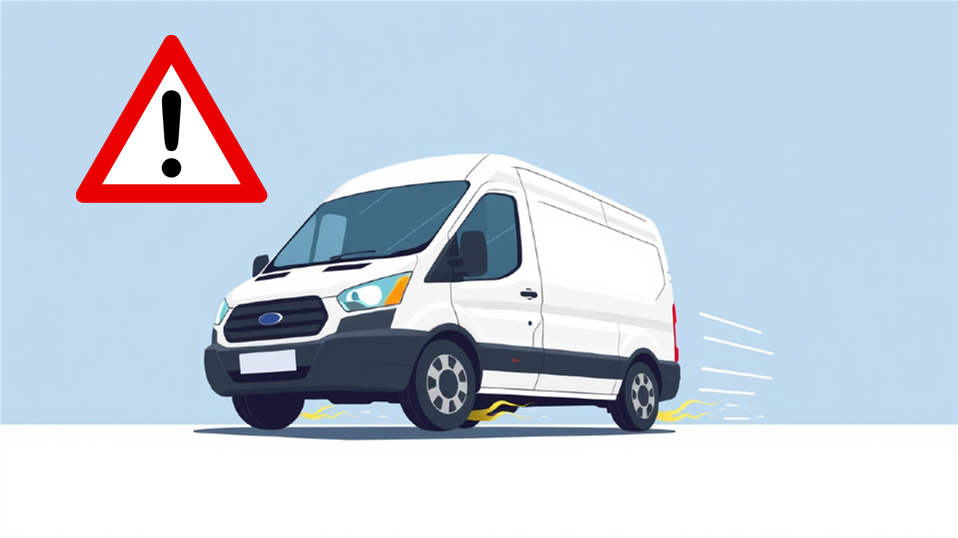



Another potentially new experience for drivers taking up this new allowance will be regenerative braking. Regenerative braking takes the kinetic energy caused by braking and feeds it back into the battery to re-charge it whilst you are on the move. It is a brilliant bit of technology, but can be dangerous to those unfamiliar with how it works.
When regenerative braking in engaged, when you take your foot off the accelerator the vehicle will begin to brake by itself. If the driver is not expecting this to happen it can be a very strange and panic causing sensation. Even drivers who are aware and are expecting it, the sensation is still one that can take some getting used to. The level and power of regenerative braking differs from vehicle to vehicle also, so just because you have gotten used to it in one ZEV, does not mean it will feel and act the same in a different ZEV.

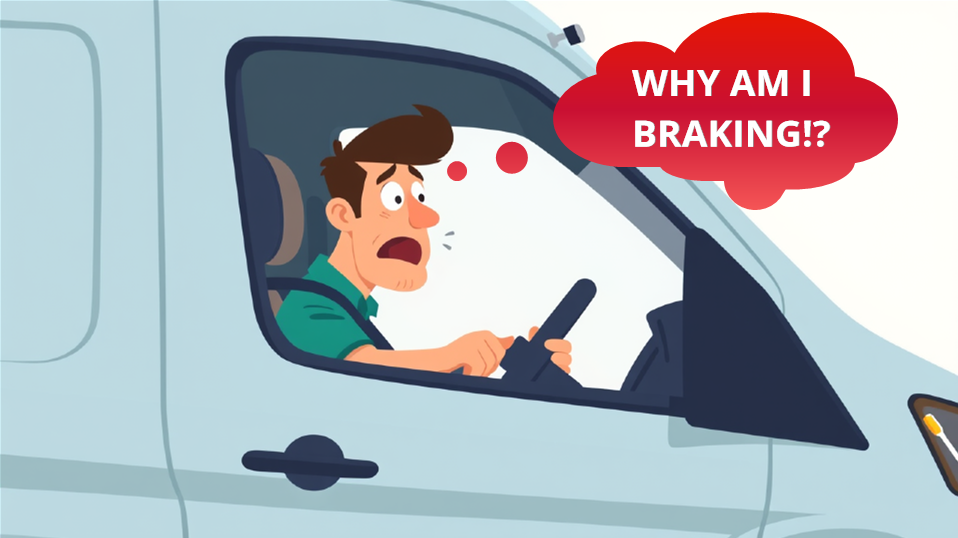



ZEVs are significantly quieter than diesel and petrol vehicles, in fact many are virtually silent whilst running at speeds of around 15 mph or lower.
Although many manufacturers add built in devices to produce an artificial sound to warn other road users of your presence, you need to drive with added care and caution as there is the potential that vulnerable road users may not hear you coming!





Controlling the vehicle will also bring some new experiences for drivers. ZEVs are exclusively automatic drive, so right off the bat many drivers will need to get used to the experience of driving and automatic transmission vs a manual transmission.
On top of that, you have all the controls unique to ZEVs. You will have to learn and navigate the different eco modes, sport modes, power modes, regenerative braking levels / enhancements, to get the most out of your vehicle.
You also need to understand when it is safe to use certain modes. Using regenerative braking and eco mode whilst joining a fast road, such as a motorway, is very dangerous, as eco mode is limiting the amount of power you have, and regenerative braking is slowing the vehicle down each time you take your foot off the accelerator. On fast roads this can lead to other road users potentially rear-ending you, as they are unsure or not prepared for how your vehicle will be operating.
One other thing to consider is many models require you to use the touchscreen display to enable drive modes and access the regenerative braking settings. This can be a big distraction when driving, especially when still new to the vehicle, as you are having to take your eyes off the road and one hand off the wheel to enable the mode you need. We always recommend setting your desired driving mode prior to setting off to keep your eyes on the road for as much as your journey as possible.




I’m sure we’re all used to just nipping to the numerous fuelling stations we know to quickly top up our fuel and away we go. However, with ZEVs the process is very different, and in the case of electric vehicles, a lot more time consuming.
Electric vehicles take anywhere from 20 to 45 minutes to charge from 10% to 80% with a rapid charger you will find at public fuelling stations. If you are using anything less than a rapid charger, you are looking at numerous hours to get your vehicle up to 100% charge. A big bonus though is you will commonly find charging stations in car parks now, particularly shopping centres, so you can charge the vehicle whilst you are out and about.
Hydrogen vehicles are much faster to charge than electric vehicles, and only take a few minutes longer than petrol or diesel, mainly due to entering information on the machine, the hydrogen being cooled before release, and the fact that the dispenser itself checks the pump for leaks sporadically during in the refuelling process. But the catch is, there are currently only 16 in the UK (with some cities having more than one of those stations) and only 6 are open to the public, so Hydrogen isn't viable yet for the majority of the country.

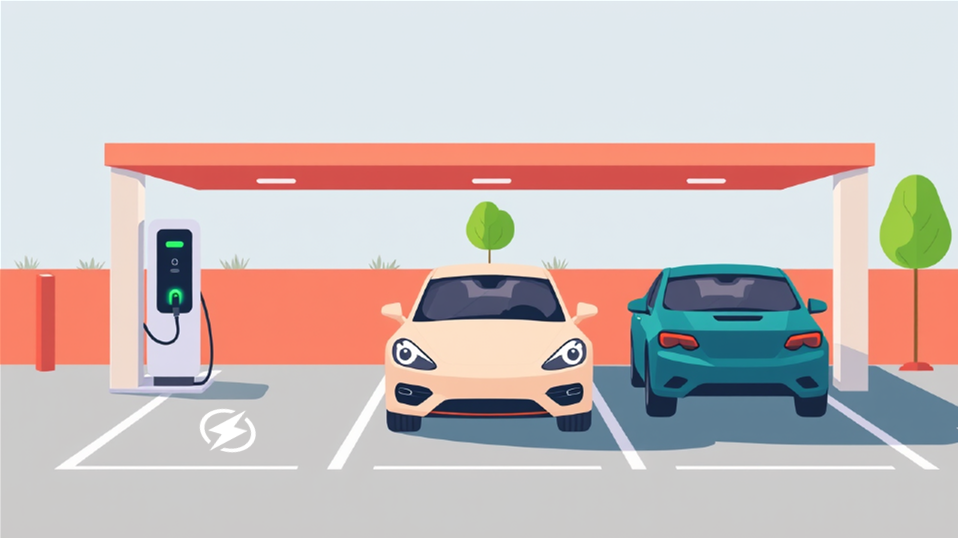



The above points show why training is so important. Even if a driver is unaware of just one of the above points, driving a ZEV that is over 3,500kgs can be a dangerous, confusing and stressful experience.
The reality is, most drivers will be new to all of the above. If this change is what has made a ZEV viable for a driver, they most likely have never driven a ZEV before knowing the payload or mileage wasn’t going to be enough for their requirements.
If Fleets are looking to take advantage of this update from the Government, you must ensure you train your drivers before they get behind the wheel. Nothing increases the safety and confidence of a driver more than one to one training with a specialist trainer.
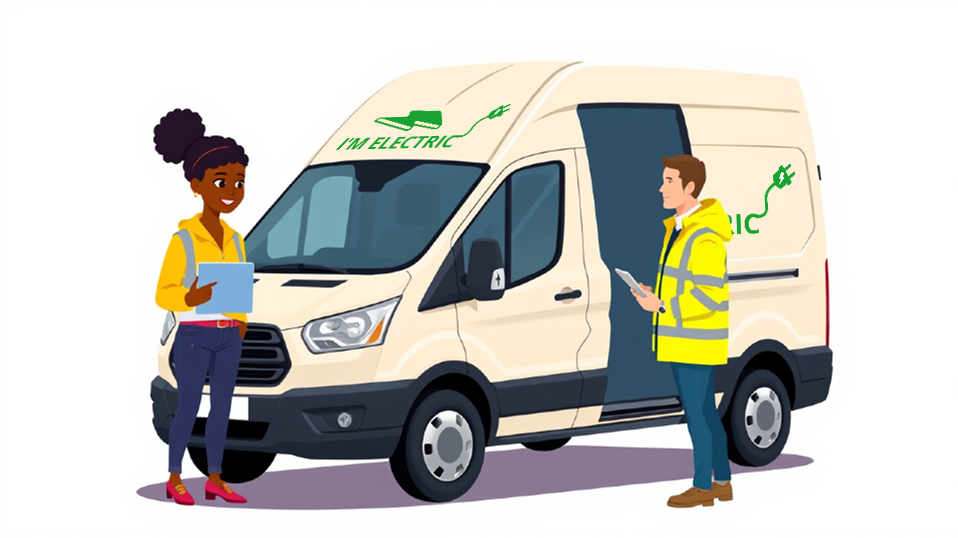

Combine this face to face training with an E-Learning course prior to the training date, and the driver will also be more confident stepping into the vehicle for the first time having being educated about ZEVs ahead of time.



The update allowing Category B licence holders to drive Zero Emissions Vehicles up to 4.25 tonnes is a great opportunity for some businesses to increase the amount of ZEVs in their fleet, but safety must always come first.
If your business is looking to take advantage of this update and require training for your drivers, get in touch on 01924 416 624 or email us at enquiries@fleetmastergroup.com.








